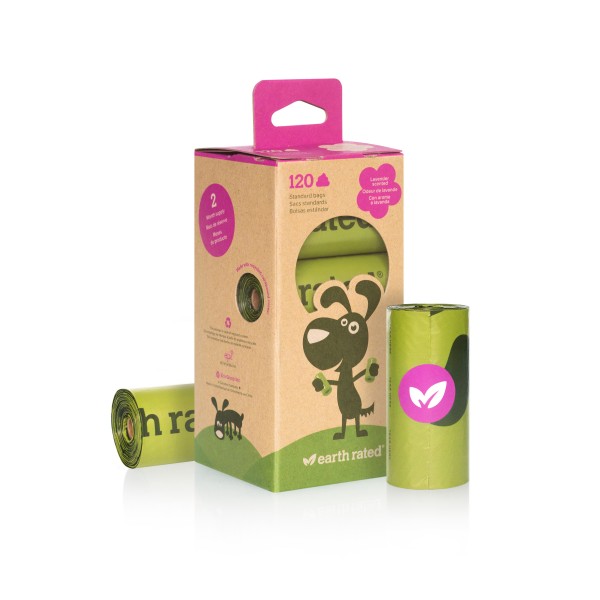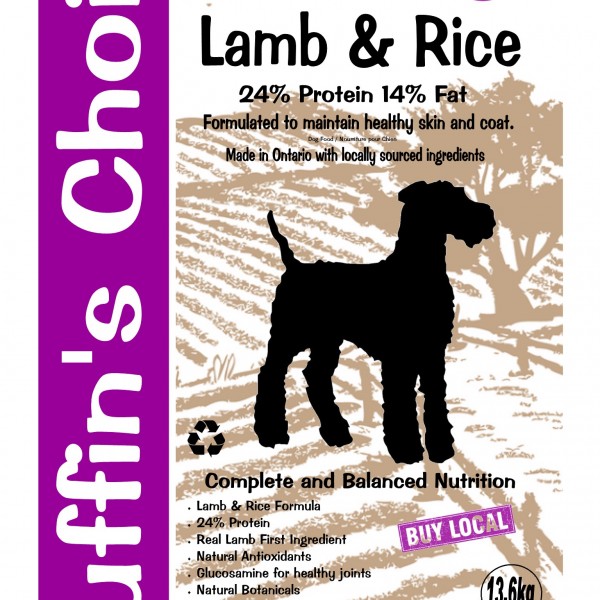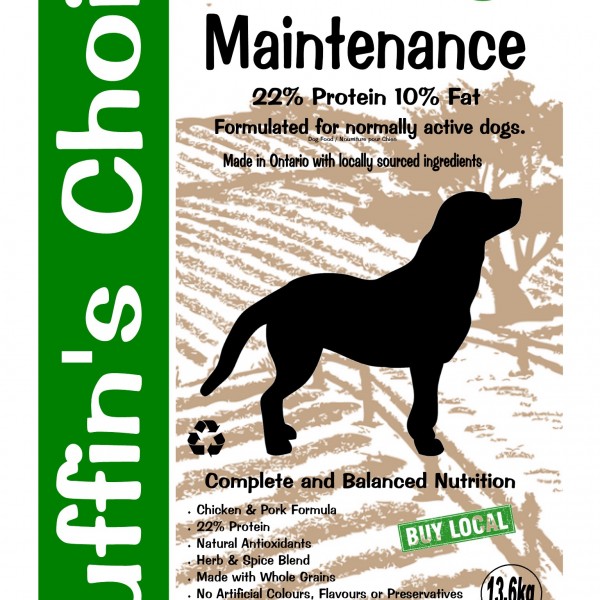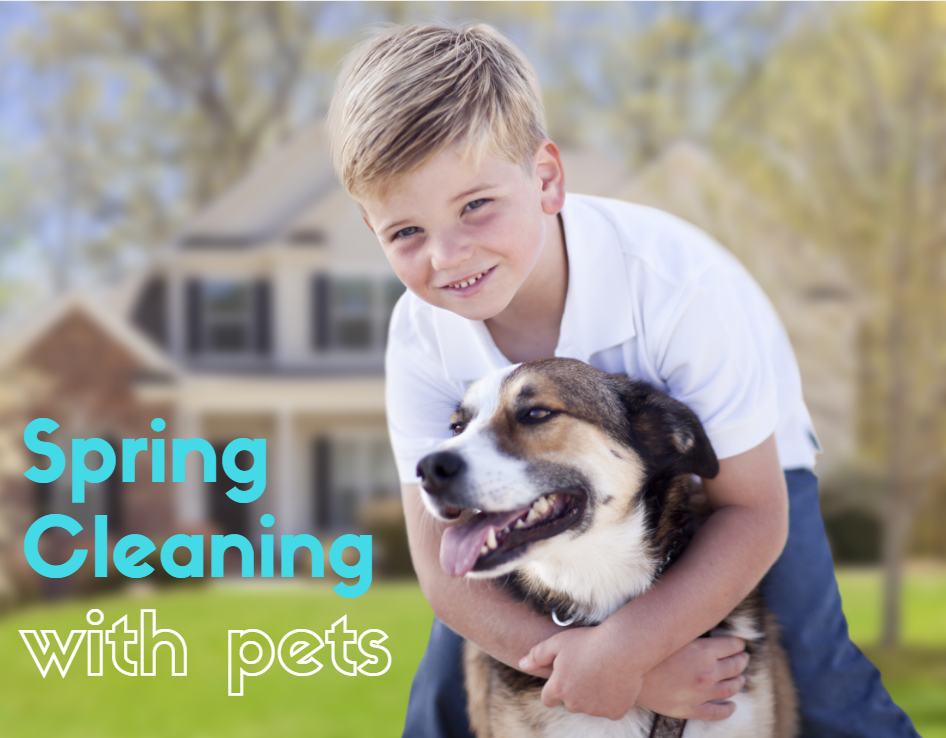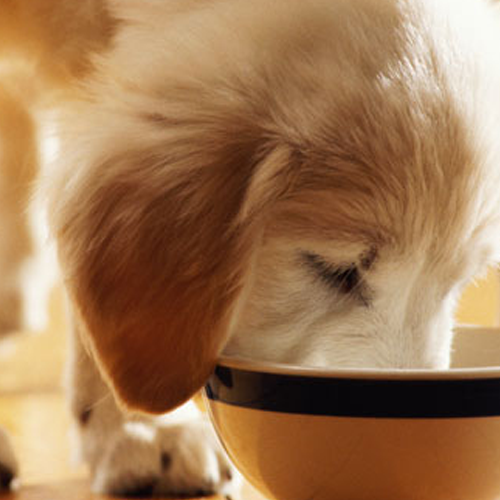
The most common cockatiel is the normal grey, from which all other colours were developed. Other varieties available are the lutino, a yellow bird with bright orange cheeks; the pied, a colourful combination of white, grey and yellow; the cinnamon, a light brown bird; and the pearl, a grey bird with small yellow spots on the wings and back. A cockatiel can live into its teens or twenties. Some have liven in captivity for as long as thirty years.
Cockatiels needs a cage that can accommodate their wide wingspan and length. Because they can be active pets, they also need some room in which to move around. Get a cage that could house a small parrot but with narrow bars to prevent them from sticking their heads out. Horizontal bars, good for climbing, are preferred. A large door is also recommended.
The proper perch size is 3/4-inch; 1-inch perches can also be used for foot exercise. Do not use parakeet-sized perches because they can cause stress on the foot and the nails could grow to undesirable lengths. Space them so the tail or crest do not touch the upper or lower perches. Use open– top food and water bowls because cockatiels do not feel comfortable when placing their heads in covered feeders and waterers. A toy of some type, like a piece of wood on a chain, or a manzanita branch, will help prevent boredom and feather pulling. You could also purchase a playpen for your cockatiel. This is useful to provide some activity for your pet and also provide you a location for placing the bird when cleaning the cage.
Keep the cage in a location where your pet can get some indirect natural sunlight. As with all caged birds, keep the cage away from direct sunlight. Extended time in direct sunlight can cause dehydration or heat stroke.
The cage should be cleaned thoroughly once a week using soap and warm water to clean the cage and bars. In addition, clean the bottom of the cage daily if possible and replace the gravel or gravel paper. The seed cup should be checked daily, the empty seed hulls removed and the seed replaced. The water container should be washed and rinsed thoroughly and refilled with clean water. Do not wash the perches, but clean them using a special perch cleaning brush.
Clean, fresh water should always be available. The cockatiel is one of the least demanding birds. Nevertheless, a quality balanced diet is required for you pet. A food mixture especially for cockatiels or small hookbilled birds is recommended as a start. It is also important to supplement the diet with foods other than the basic cockatiel diet. Treats such as honey sticks, millet sprays, and cockatiel treats can be used as well as spinach, corn on the cob, beans and apple slices. Do not use lettuce. Feed small quantities of fresh fruits or vegetables, and remove uneaten portions promptly to avoid spoiling. Gravel, or grit, is necessary for the cockatiel to digest its food. This can be provided in a treat cup, or spread on the bottom of the cage (if the cage is cleaned regularly). The cockatiel need a cuttlebone or mineral block to help in the proper formation of healthy feathers and bones. Cuttlebones and mineral blocks also keep the beak trimmed.
You can add food supplements, or vitamins to the water or food.

Baby cockatiels that have been hand fed are available in most pet stores, as are older birds. Hand fed babies are the most receptive to their new owners since they have had human contact and have been handled for a considerable length of time. The older birds, however, can be easily trained and are usually available at a lower price. When attempting to tame a cockatiel, make sure that one wing is clipped. This makes it difficult for the bird to fly and makes handling easier. Without the ability to fly, the danger of the bird injuring himself is lessened.
When first attempting to handle an untamed bird, make sure that you wrap the bird completely in a towel when removing it from the cage. Remember that gloves are not recommended because they can frighten the bird.
It is best for one person to work with the bird. Train the cockatiel to sit on your finger or hand by slowly putting you hand in the cage with one finger extended. Speak softly to the bird. If the cockatiel becomes frightened, remove your hand slowly and wait until your pet clams down before another attempt. Gently stroke the bird’s chest, then perhaps he will step on your hand or finger. It will soon be stepping from one hand to the other if you react calmly without jerky movements.
Once the bird is accustomed to your hand, attempt to pet it. While he is sitting on one hand reach your hand behind the bird and gently stroke its neck. Remember to move slowly and speak to it in a calm, soothing voice. Once the bird will step on your hand and accept petting, repeated handling and petting will keep the cockatiel calm and trusting. When the bird is fully trained, you can then proceed to teach it to talk or learn tricks.
Adult cockatiels are easily sexed. The males have bright yellow faces and solid grey tail and flight feathers. Females have only limited colour in their faces and the tail and fight feathers have small yellow spots. Either sex will make an excellent pet. The males tend to be noisier and slightly more outgoing, while the females are shy but more affectionate.
If you watch your pet carefully, minor problems can be eliminated quickly. Any change in diet, diarrhea or difficulty breathing are signs to look for. While cockatiels are very hardy, the most serious problem that can occur with any caged bird is a cold or pneumonia. Keep your pet out of drafts and in an environment that provides him with a constant temperature. If your bird does catch a cold, medications are available at your area Ruffin’s Pet Centre.
Covering the cage at night is useful. Not only does it prevent drafts, but it also reduces stress by providing your pet with the darkness he requires.
Prevent mites and lice from attacking your pet by using a bird cage guard. Washes and powders are also available for use in keeping these problems to a minimum.
CANARIES BUDGIES FINCHES COCKATIELS

